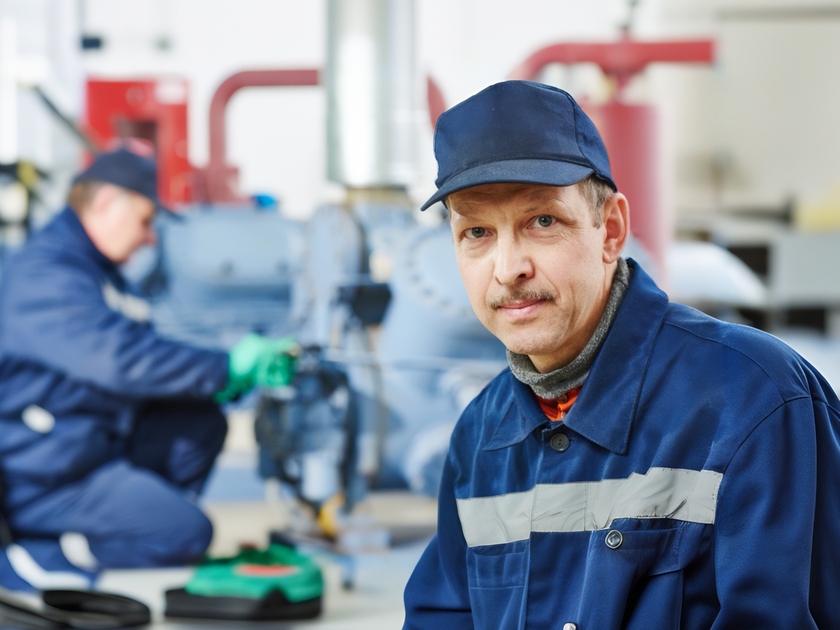Chillers are widely used for cooling in large commercial and industrial facilities. While chillers are critical for comfort and productivity, they use a substantial amount of energy. By combining preventive maintenance with targeted upgrades, you can optimize system efficiency and really take the heat off your operating budget.
Maintaining performance
The following preventive maintenance activities will keep your chiller system operating at peak performance:
- Record refrigerant temperature and pressure, as well as water loop temperature daily.
- Inspect the entire system on a scheduled basis, following the manufacturer's recommendations.
- Regularly check for problems such as refrigeration leaks, tube corrosion, sticking dampers and worn seals.
- Check compressor operating pressures and analyze compressor oil annually.
- Examine all motor terminals and monitor amperage draws.
Calibrate temperature and pressure gauges and water flow meters regularly to ensure accuracy. It's also important to monitor and control the evaporator and condenser temperature and water flow rate.
Upgrade for energy savings
In addition to maintenance practices, chiller system design changes and operational strategies, such as varying fan speeds and waterside economizers, will help improve overall system efficiency and reduce energy costs.
Fan speed. In cooling towers, using two-speed fan motors combined with fan cycling improves control and efficiency over cycling alone. Variable speed drives (VSDs) provide the most efficient control. A 20% reduction in fan speed can result in energy savings of nearly 50%. VSDs are most effective in facilities with highly variable cooling loads.
Economizers. Chiller bypass systems can be retrofitted into central plants, enabling waterside economizers to cool spaces with chiller compressors offline. In these systems, the cooling tower provides chilled water directly with filtering or indirectly with a heat exchanger. These systems are applicable when a significant number of hours are required and outdoor temperatures are below 55°F.
Additional strategies to help increase efficiency include:
- Lowering the condenser water's temperature setpoint to improve efficiency at partial load. Check with the manufacturer to ensure the chiller will operate properly at a lower temperature.
- Replacing oversized impellers, pumps and motors with right-sized pumps and smaller, energy-efficient motors. Trim the pump impeller to reduce flow in constant speed applications, thus saving energy.
- Installing VSDs on water pump motors. VSDs reduce the mechanical shock of starting large horsepower motors, increasing chiller reliability and equipment life.
- Treating condenser water to prevent scale and corrosion if open cooling sources are used. Such fouling can reduce heat transfer efficiency.
- Replacing three-way valves on cooling coils with two-way valves and implementing variable-flow control on the chilled water loop.
- Installing chiller monitoring diagnostic software, which automatically collects chiller operational data so you can more easily identify performance issues and analyze trends.
Chillers that are more than 15 years old are good candidates for replacement. For your existing system, proper maintenance and some simple adjustments can make a big difference to your bottom line.



